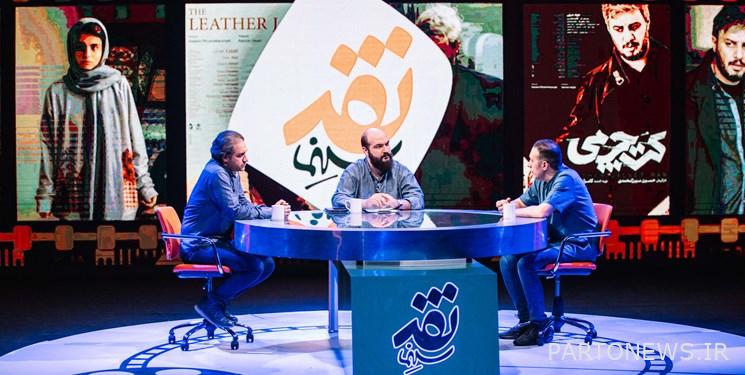The troubles of filmmaking in the social genre from the point of view of the creator of “Leather Coat”

According to the film reporter of Fars News Agency, in the first part of the film review program dedicated to Iranian cinema, film journalist Mohammad Saberi talked with Hossein Mirzamohammadi, the director of the movie “Leather Coat”.
First, he said about the production process of this movie: It was in 2009 that I was working on the movie documentary “Out of Limits” which is about drug addiction camps, and at that time I got to know the stories of different people and got in touch with them. I also made the short film “Named” with the same theme, which took place in a care center for abused and neglected teenage boys.
This filmmaker continued: The main sparks of “Leather Coat” started from there. After that, I talked about the plot with Masoud Hasheminejad, the author of the work, with whom we had previously worked on several short films, and its writing began. First, we made a 5 or 6 page plan, we went into details until we finally reached Synapse. Needless to say, the initial version of the script was 130 pages and we had frequent rewrites. Currently, the movie is 100 minutes long and has 87 pages of script.
Furthermore, Mohammad Saberi said: I see “Leather Coat” along with works like “Maslehat” as part of a trend in Iranian cinema that came to life in the 90s and is growing at an acceptable speed. The characteristic of this current is the young filmmakers who enter the field and in the first step of their filmmaking touch on sensitive subjects, take their camera to the wounds and are not afraid to enter areas that are apparently forbidden and that no one has touched for years. .
He emphasized: In fact, they are taking a risk to make a non-neutral film.
Saberi continued: I feel that despite the concern and courage of dealing with the subject and its correct selection, the film is not transferred to the narrative process and the film suffers in its output. The question here is a filmmaker who boldly approaches a difficult subject, what happens if the boldness does not show up in the output of the work. In fact, we are witnessing a conservative treatment of a subject that, in my opinion, the filmmaker is afraid of the frankness of the words and open expression and has preferred to deal with the margins and small stories that overshadow the main text.
Mirzamohammadi said about this issue: The script version was rewritten 24 times. Touching the subject that we discussed in “Leather Jacket” also has many difficulties in the first film. When we want to write and work about these subjects, some things should remain and be said in the envelope. It means that you have to turn the bite several angles and put it in the audience’s mouth.
He added: Our camera could not go to some places to show the anti-hero. If my first sequence in the script started with the leather jacket party. We could not say a series of things, which if we said nothing would have happened, while saying some things would help our cinema, culture and social issues.
This filmmaker stated: Two words should be removed from the literature of officials and filmmakers. The slander that is a stick on our heads should be removed from the authorities’ literature, and the words “misery” and “nekbat” from the language of our filmmakers. Maybe we eat the wood of some friends and colleagues.
In the continuation of the discussion, Saberi noted: Iranian cinema was a neutral cinema at one point, from the late 70s to the middle of the 90s, which many of us wrote and spoke about in its criticism, and now this cinema is trying to be neutral due to the presence of young generation filmmakers. to pass Surely, one of our duties as media is to talk about the obstacles of this demand.
Mirzamohammadi emphasized: As the filmmaker of the first film, it was important for me to make “Leather Coat” and when the version was ready and we applied for the production permit, the concept of the Leather Coat Party underwent a change. The name of the film is our own, but there is such a party.
He pointed out: Our cinema needs a hero that people will put themselves in his place. We created a hero with human and normal features so that the audience will say to themselves, I can be in this person’s place. Needless to say, the leather jacket party is the thread of the story and the hero faces obstacles to reach his goal.
The director of “Leather Jacket” said: I will go to inflammatory and social subjects again, but if I want to criticize my film, it is to reconsider the rhythm of storytelling.
In the end, Saberi reminded: I wish the filmmaker would not have a double approach in the narration of the story. But I must say that the look of the bright shade in the rendering of some characters is brilliant.
end of message/
You can edit this article
Suggest this article for the first page

